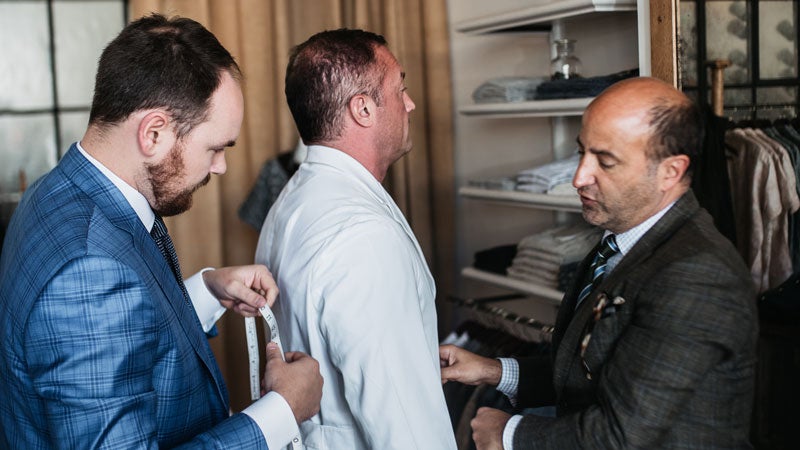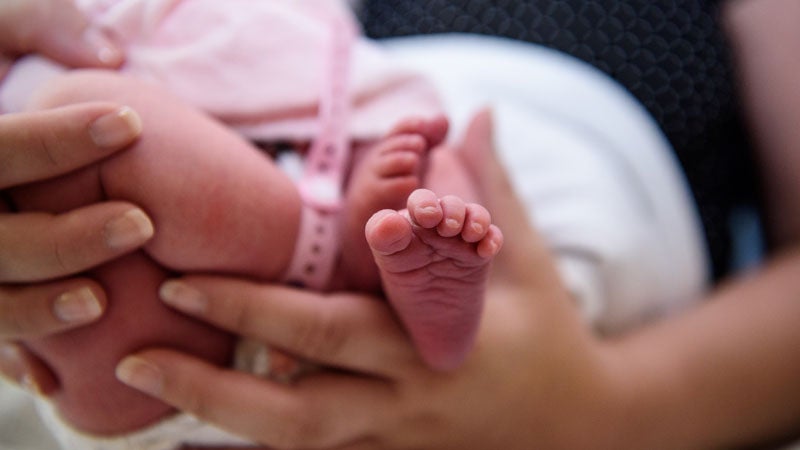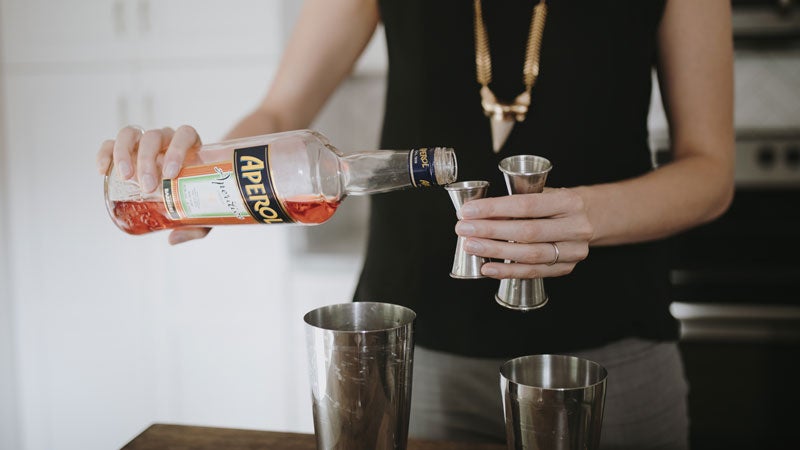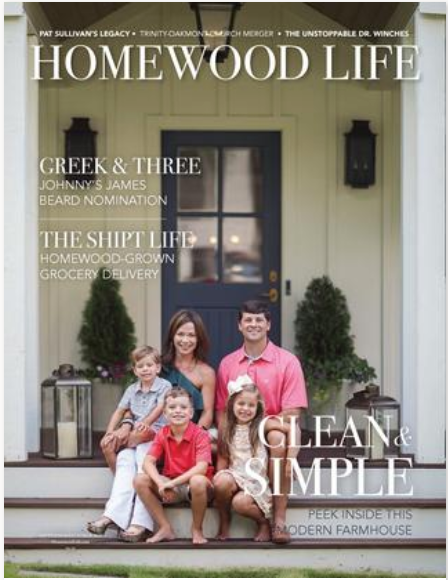Ken Shaia is impeccably dressed. You might expect that, since he is the fourth-generation member of his family to run Shaia’s of Homewood. (The shop on 18th Street South where he works every day was once his grandfather’s home.) It’s in his blood, you might say. But it’s not just that he likes to look good. Simply put, it’s his personal, passionate opinion that taking the time to look your best is a way of showing respect to others. To the people who have to look at you and, even more so, share space with you.
“I can’t stand when I get on a plane and there’s hairy arms next to me, and open-toed shoes, and I’m going, ‘What, don’t we deserve to give each other enough respect?’” Ken explains.
When he hears people say they don’t really dress anymore, he wants to ask if they still brush their teeth and comb their hair. “Because it’s not for YOU. This is what we do to be in a position to each other to tell each other that we respect our time and effort and energy.”
So, a few years back when he found himself in the care of a doctor who took really good care of him, Ken says he wanted to do something nice for the doctor. He had the thought, while walking into Highlands Bar and Grill, and seeing Frank Stitt in his chef’s coat, “THAT’S what I’ll do. I’ll get him a really nice doctor’s coat!”
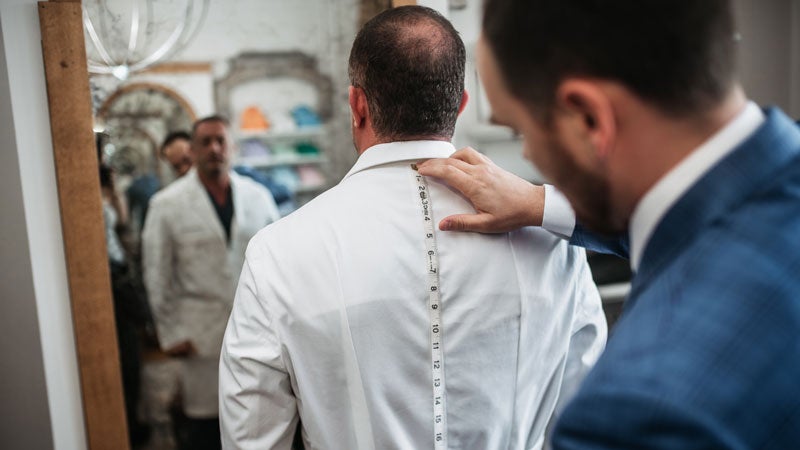 But when he tried to find one, he discovered no one was making a high-quality physician’s coat. He says the ones he saw looked just like a butcher’s coat. He was a bit taken aback, thinking the butcher and the physician shouldn’t look the same, and that it couldn’t possibly be comfortable for doctors, who come in all shapes and sizes.
But when he tried to find one, he discovered no one was making a high-quality physician’s coat. He says the ones he saw looked just like a butcher’s coat. He was a bit taken aback, thinking the butcher and the physician shouldn’t look the same, and that it couldn’t possibly be comfortable for doctors, who come in all shapes and sizes.
So, he decided to make one. He says it took him two years to get it right.
“It’s really to celebrate somebody that took the time to spend that much time to become a physician,” Ken says. He didn’t think doctors should be fighting with ill-fitting coats that ride up or down or restrict movement. And, it turns out, a tailored garment fixes those problems. While some people may think tailored means tight, it doesn’t. Tailored means altered to fit you, making it more comfortable for you.
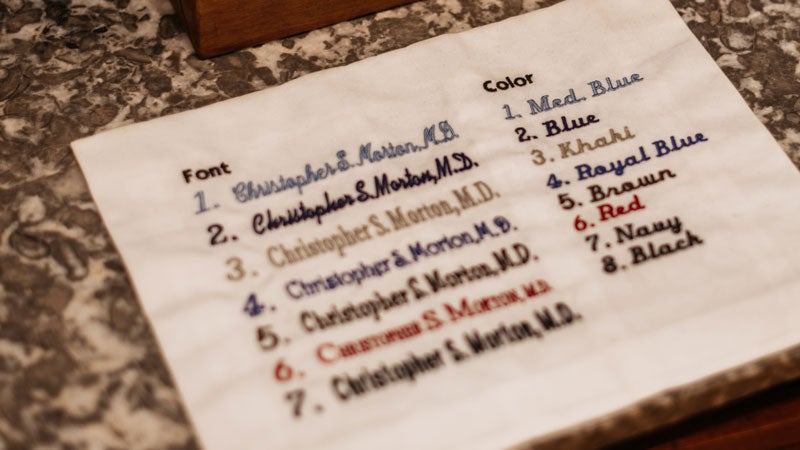 So, when he sat down to design one, Ken knew he needed one that would be stain-resistant and able to withstand lots of washing. Naturally, he didn’t want to add any chemicals to the fabric, so the answer was a long staple cotton that would not only withstand multiple washings, but is naturally resistant to stains. Instead of buttons that would break in the washing machine, he used cloth knots, which he learned was also the traditional fastening agent used in the first doctor’s coats. Ken even thought about how, when leaning over, a cell phone in a pocket tends to hang outward and could knock into a patient, so he designed a gravity pocket that makes whatever is in the pocket fall inward, toward the body. Then, it’s tailored to the individual, so when it’s finished, it’s a thoughtful, very comfortable garment.
So, when he sat down to design one, Ken knew he needed one that would be stain-resistant and able to withstand lots of washing. Naturally, he didn’t want to add any chemicals to the fabric, so the answer was a long staple cotton that would not only withstand multiple washings, but is naturally resistant to stains. Instead of buttons that would break in the washing machine, he used cloth knots, which he learned was also the traditional fastening agent used in the first doctor’s coats. Ken even thought about how, when leaning over, a cell phone in a pocket tends to hang outward and could knock into a patient, so he designed a gravity pocket that makes whatever is in the pocket fall inward, toward the body. Then, it’s tailored to the individual, so when it’s finished, it’s a thoughtful, very comfortable garment.
It’s a quiet, sideline business for Shaia’s, but has a loyal, word-of-mouth following. Dr. Alan McCool, a urologist and Homewood resident, was living and working in Dothan when he noticed a neurosurgeon wearing a really nice coat. (If you’re like me, you may have never really noticed a difference in one doctor’s coat from another, but McCool says neither had he, until he had this coat.)
McCool, like most doctors, had been issued a short coat when he started medical school, and a longer coat when he became a resident. “It’s a big, boxy coat. It didn’t fit.” But for seven years, that’s the kind of coat he wore. After talking to the neurologist though, he took the time on his next trip to Birmingham (where he grew up) to walk into Shaia’s and see for himself. After trying one on, he thought, “That’s what a doctor’s coat is supposed to feel like.”
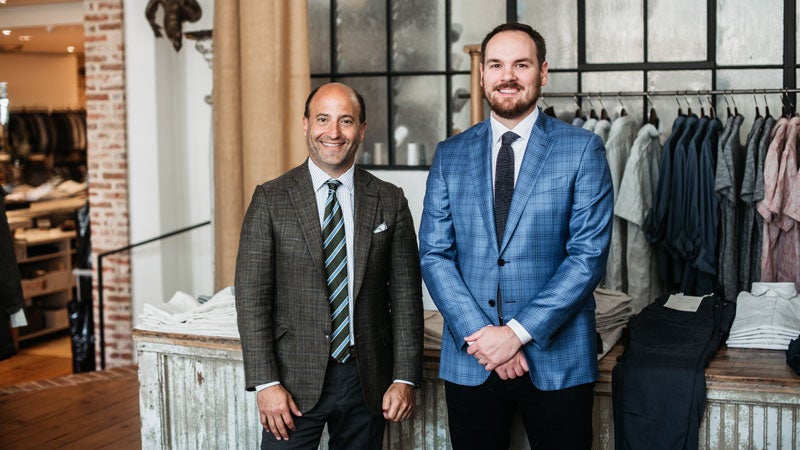 McCool, who started with two of Ken’s coats and is now up to four, is happy to proselytize when other doctors notice his. Which, he says, they do.
McCool, who started with two of Ken’s coats and is now up to four, is happy to proselytize when other doctors notice his. Which, he says, they do.
“Well, first of all, it’s fitted. It’s much more comfortable. It’s soft. It’s like wearing a nice sport coat.” It also has a lining that allows it to glide smoothly over whatever style shirt the doctor is wearing.
The number of return customers tells Ken his original idea, to honor doctors with a garment created to better serve them, helped him correct a real flaw in the industry. “The care that they were offering to the patient was important, and so that same type of care should have been put into a garment that helps them through the day.”
Now, it is—in every doctor’s coat they make.
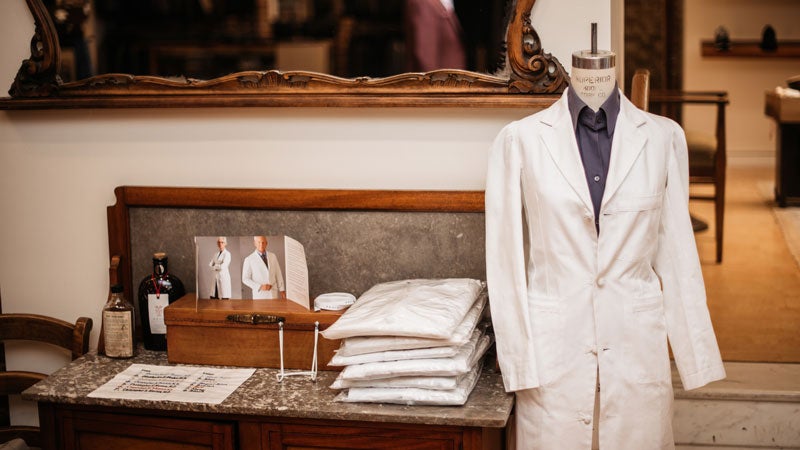 A Brief History of Doctors’ Coats
A Brief History of Doctors’ Coats
Once upon a time, doctors wore black coats to denote the seriousness and formality of the situation. Also, up until around 1900, seeing a doctor was a last resort, and unfortunately was often followed by a funeral.
Then, with the innovations in science at the turn of the century (including research about antisepsis), the art of medicine shifted from being viewed as home remedy or quackery to a noble profession. Doctors switched to a white coat to look more scientific, as more and more of the general public began to have confidence in the white lab coats of scientists at the start of the 20th century.
White also suggested a clean and pure look, and was practical because it would show dirt, leading, one hopes, to more frequent washings. It could also be cleaned with bleach, which meant it could attain a higher level of cleanliness.
The doctor’s coat quickly became a symbol of care and compassion, not to mention trust. To this day many older Americans feel more confidence in their caregivers when those doctors choose to wear white coats.
Others become more nervous, leading to a condition known as “white coat syndrome,” where some patients have higher than normal blood pressure readings when confronted with the medical community.
Some doctors (especially pediatricians and psychiatrists) eschew the white coat altogether in an attempt to make the patient more comfortable.
The white coat ceremony at medical schools across the country is a recent practice, and did not get its start until 1993 at the Columbia University College of Physicians and Surgeons in New York City.

